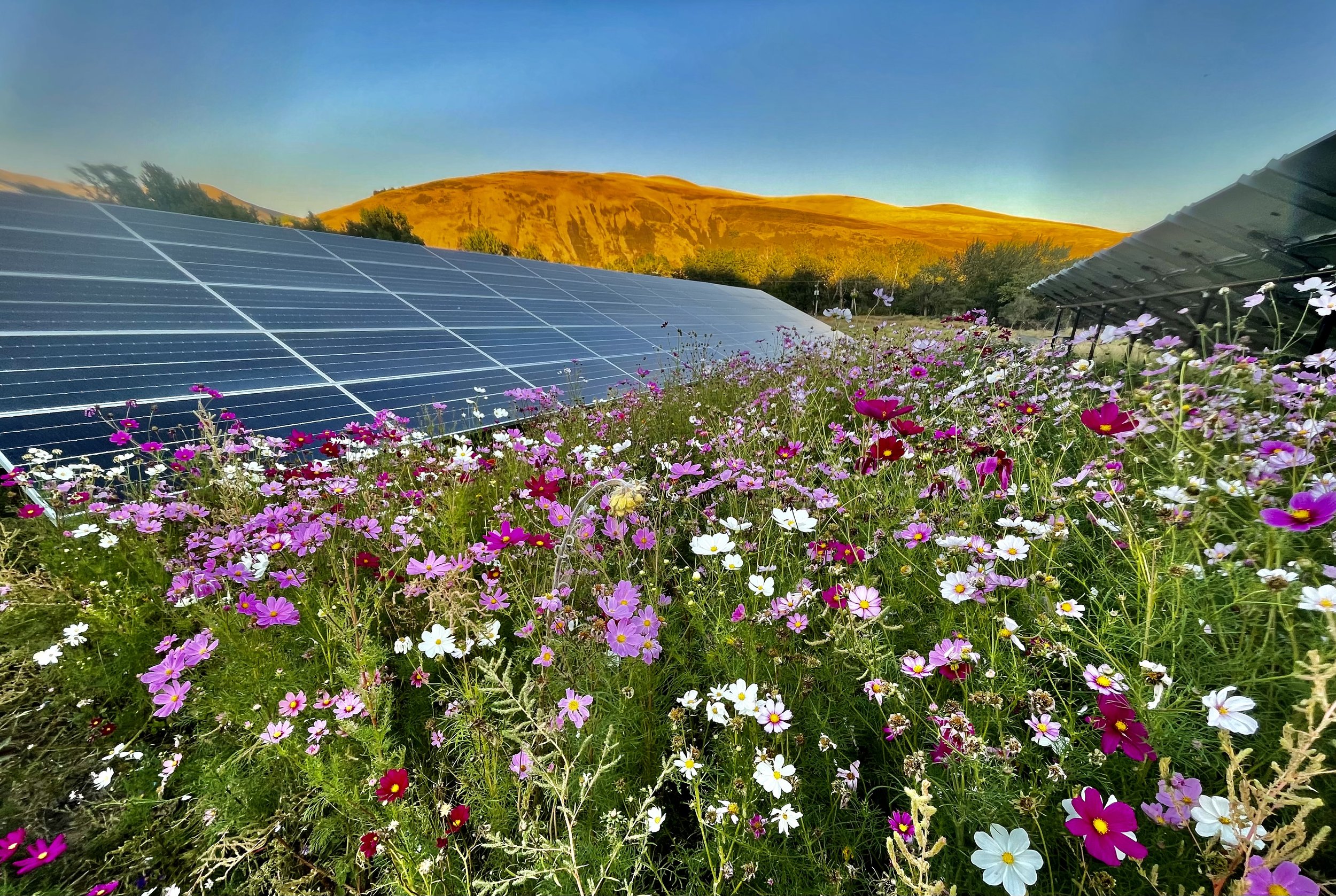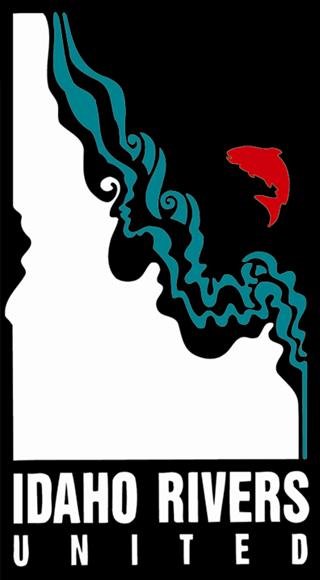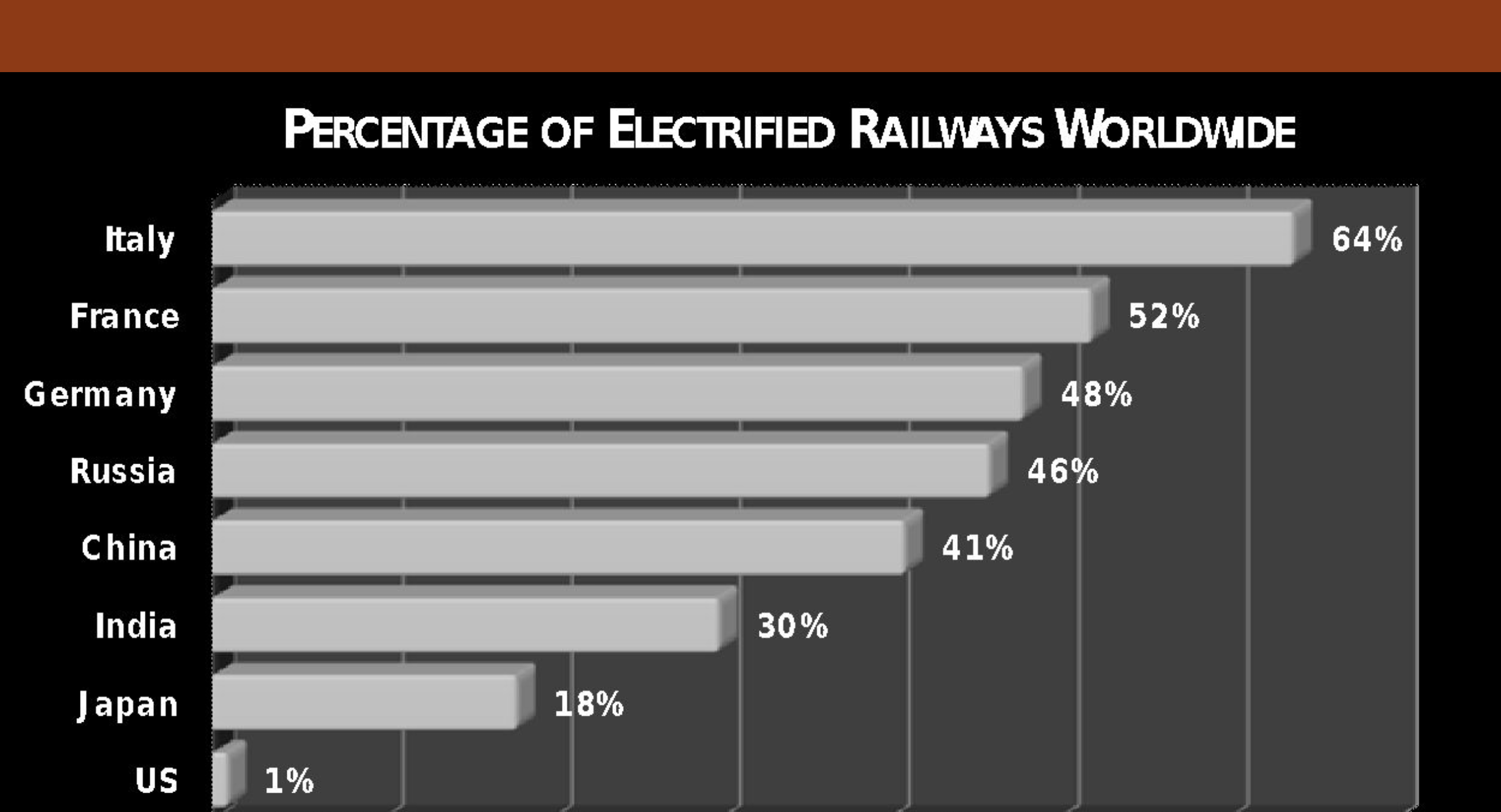
Lower Snake River Energy Transition & Replacement Project Information
Building new energy sources can be done without harming the reliability of the Northwest region’s energy or being burdensome to economies, families, and businesses.
As of December 15th, 2023, there is clear path forward to energy replacement services and clean energy transitions. The agreement demonstrates the federal government’s willingness to fund the construction of replacement energy resources.
The four Lower Snake River dams only produce about 925 average megawatts of electricity each year, making up about 4% of the region’s power generation.
Those services can be replaced with a diverse set of clean energy technologies that are rapidly declining in cost and better able to fill future regional energy needs.
Planning for changes in power system generation resources is a routine and well-defined task for the utility sector.
Recently passed state policies and developing collaborative efforts across the region will continue to drive down costs while increasing the reliability and flexibility of the grid to meet demand.
Energy replacement
The goals are to deliver affordable and clean power, improve resilience and adaptability to climate change, support the main needs of stakeholders across the region and honor commitments to Tribal Nations.
A portfolio of clean energy alternatives will modernize our energy grid and improve certainty and reliability in the face of a changing climate and energy market, all while maintaining affordability for ratepayers.
The Bonneville Power Administration is holding back progress on modernizing our power and transmission system, including replacing the Snake River dams, because it has been slow to acknowledge and plan for the vast changes in energy generation that are already occurring.
Lower Snake River dam power generation is highly seasonal and also susceptible to drought made worse by climate change: 51% of the LSR dams’ annual output is from March to June, when the rest of the system is also producing significant output—often in excess of customer demand. This seasonal imbalance will only increase as climate change advances.
The Pacific Northwest Tribal Energy Program will create substantial new energy investments, clean energy generation and local jobs as part of replacing power from the dams.
Projects and initiatives that are working towards Lower Snake River dam energy replacement services. With smart investments and strategic upgrades, we can replace the irrigation and transportation services currently provided by the dams.
-

Columbia River Inter-Tribal Energy Vision
“A major theme of this Energy Vision is to ensure that renewable resources in combination with increased storage, reductions in peak demand, and increased energy efficiency can provide clean, adequate, reliable, and affordable electricity, support the restoration of healthy, harvestable salmon populations, and prevent future damage to salmon and steelhead and other tribal resources caused by the electrical system.” – CRITFC
-

Solutionary Rail System
“Access to the most prime salmon streams is blocked by 140 miles of slackwater reservoirs and 4 dams, primarily operated for barging grain from the Inland Northwest to ports on the Washington and Oregon coasts. The Solutionary Rail Team has been working on elements of such a plan [to address this issue]. A deep dive into the current and historical rail service illuminates a series of potential steps in the path forward.” –Solutionary Rail
-

Nez Perce Tribe Solar & Energy Initiative
The Climate Change and Energy Subcommittee “serves to address climate change and natural resource issues, promote eco-justice, mitigation strategies, energy consumption, energy developments, environmental health, workforce development, and all efforts to take the Tribe to being greener, utilizing sustainable methodology and having sustainable solutions for and on behalf of the Nez Perce Tribe.” – Nez Perce subcomittee
Learn more about the Solutionary Rail Project here.
As a member of the Northwest Energy Coalition, Idaho Rivers United and our partners will support the energy sector to responsibly site and transition to clean generation as new resources are proposed and constructed.
We will support states and utilities to apply for funds to build new projects that make our energy system stronger and the lower Snake River dams unnecessary.
Balanced portfolios of clean energy resources, including solar, wind, energy efficiency, demand-response, and storage can replace the power the four LSR Dams contribute to the Northwest region.
Clean portfolios were equal or superior to an All Gas alternative for adequacy, emissions, cost, and reliability.
The costs of balanced clean replacement portfolios are small compared to the cost of the regional power system.
A balanced clean replacement portfolio has only a minor impact on GHG emissions (about 1%). If implemented in conjunction with a regional GHG reduction policy, substantial reductions in GHG emissions can be achieved.
New gas-fired generation is not required to address regional capacity needs.
The study did not try to identify an optimal clean energy replacement portfolio. An effort to do so should produce even more cost effective and environmentally efficient outcomes than the portfolios considered in this analysis.




